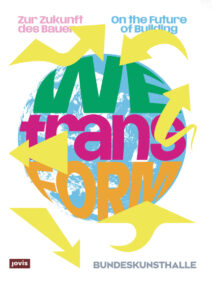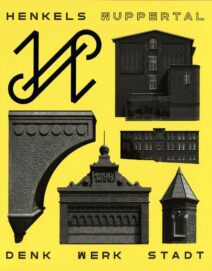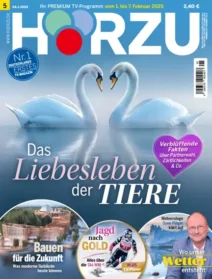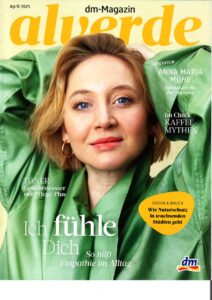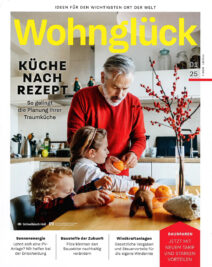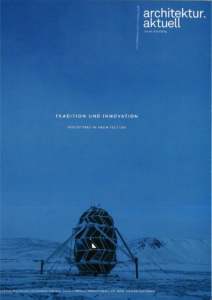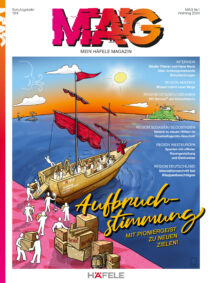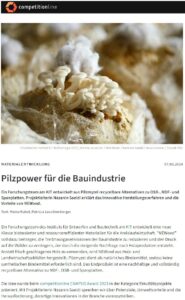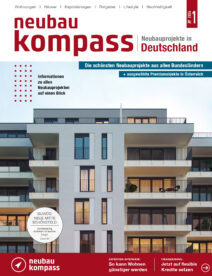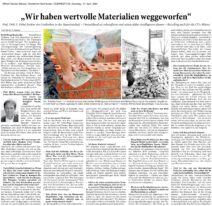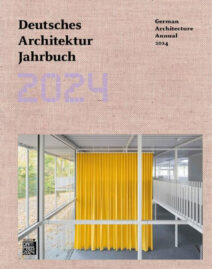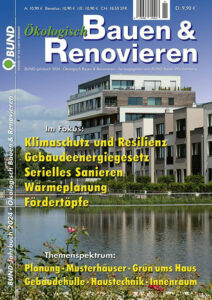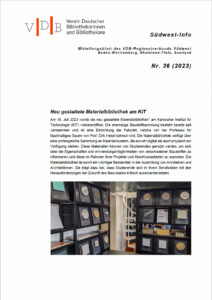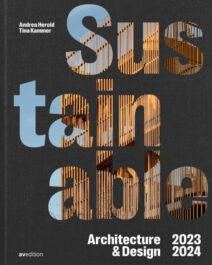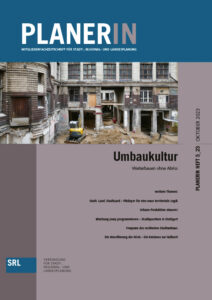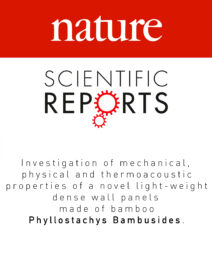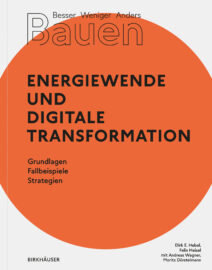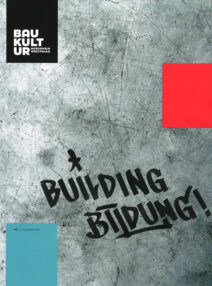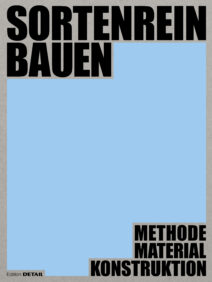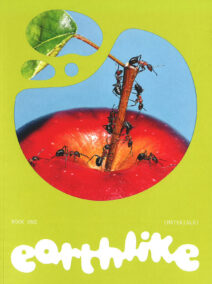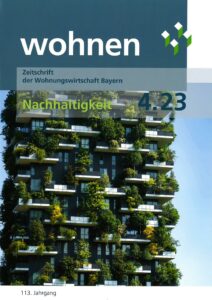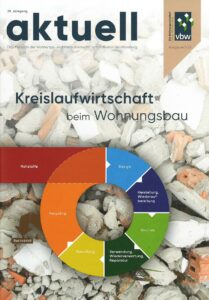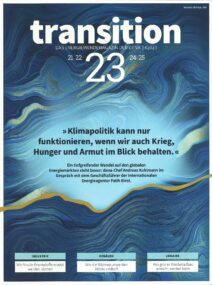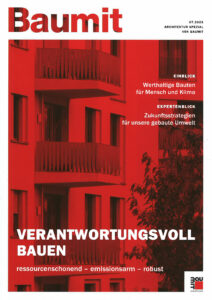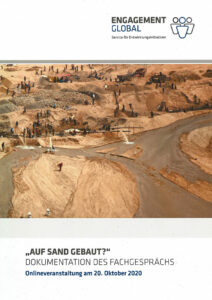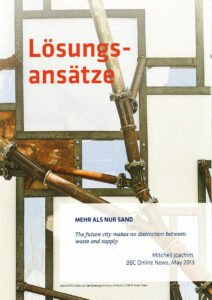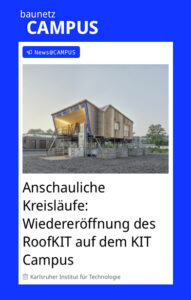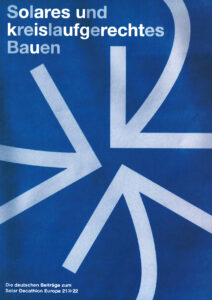UN-Habitat Conference: The Urban Future
Public forum discussion with Prof. Dirk E. Hebel at the UN-Habitat Confrenece: The Urban Future in Naples, Italy, September 04, 2012. The overarching theme of the sixth session of the World Urban Form “The Urban Future” clearly signifies the need to anticipate, imagine and plan for the future in order to shape it in sustainable ways. The rapid pace of change from global to local levels and related complexities, uncertainties and connectivity necessitate cities to think ahead into the future and adapt their plans, policies and interventions accordingly. Promoting socially equitable, economically viable and environmentally balanced cities requires decision-makers to systematically examine and anticipate future trends, conditions and drivers of change. To become prosperous, innovative and competitive, cities need to critically examine possible and probable scenarios so as to work towards their preferred future.
The future offers enormous potential for achieving sustainable development targets in cities as it can be shaped through actions and decisions taken today.
While the term “future” bears several uncertainties, systematically analyzing the future presents an opportunity to identify alternatives that can guide today’s policies and development at the city, regional and national scales. Futuring is the methodical exploration, creation, and testing of a range of alternative futures to inform decision making, and allow better decisions to inform a better tomorrow. Thus, the objective of future analysis and visioning is not to project the “right” future or make the “right” decisions” but to make more informed decisions in relation to many possible projected scenarios.
Globally, cities have engaged in futuring processes at different scales and in various urban sectors so as to design policies and interventions that take future opportunities and risks into consideration. The results of these processes have not been without challenges, especially when it comes to being translated into action. In many other instances, cities seldom engage in foresight exercises and may be more occupied with addressing current and immediate needs and challenges, especially in developing countries. There is thus a clear need to rethink the role of futuring in urban management and governance to enable cities to better prepare for a complex, uncertain and rapidly changing global context.
UN‐Habitat has recently launched an urban futures initiative called “Futurban” to integrate futuring into urban policy and decision making processes. Futurban undertakes research to anticipate and analyze future trends, conditions and events in order to advance knowledge on the future of cities and contribute to enhanced policy and decision making. In addition, based on a rigorous analysis of alternative scenarios, Futurban assists cities to envision their preferred urban future and set realistic milestones for achieving it through innovative and visionary strategies. By building foresight in policy and decision making processes, it strengthens the ability of cities to capitalize on strategic levers to proactively shape their future.



















